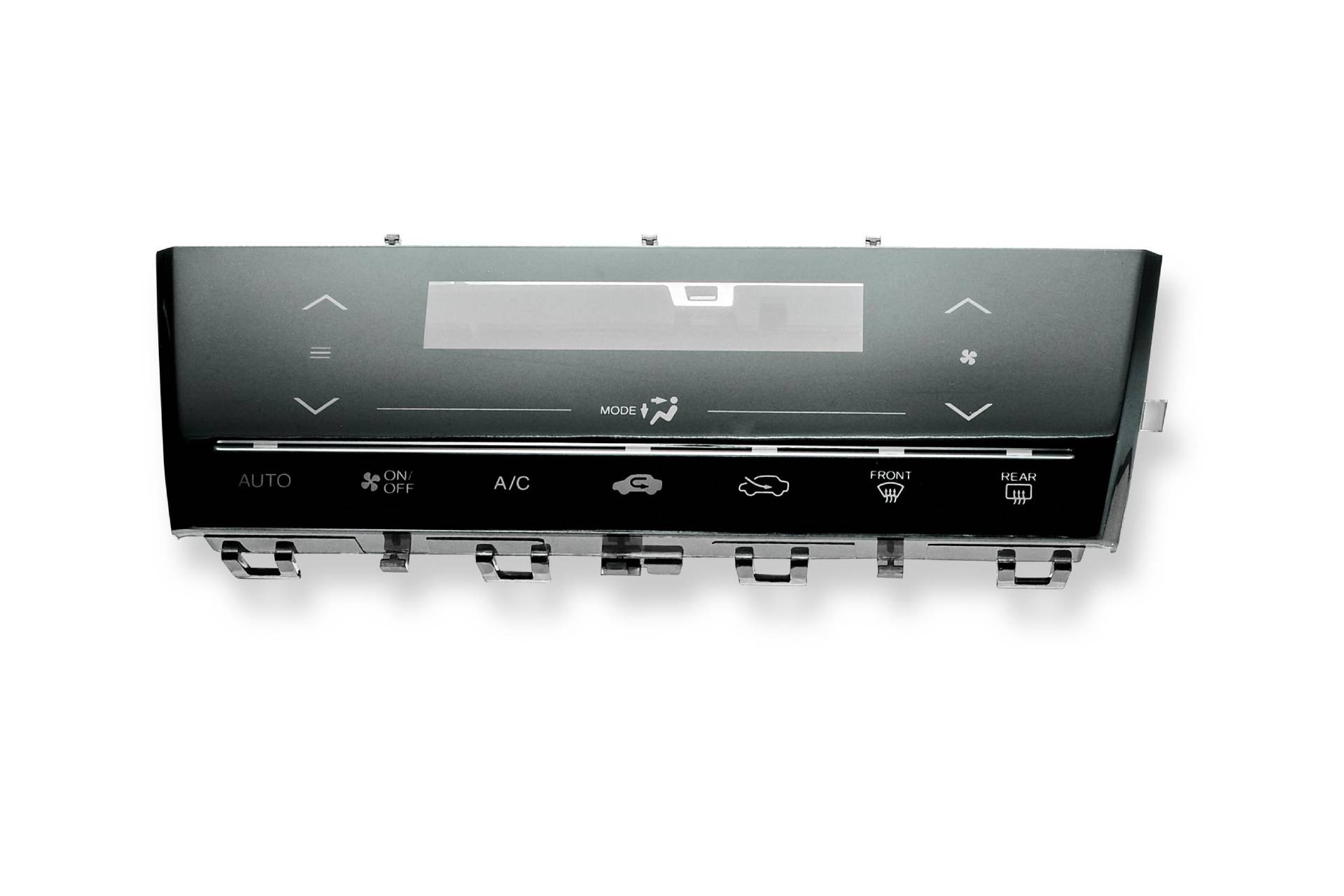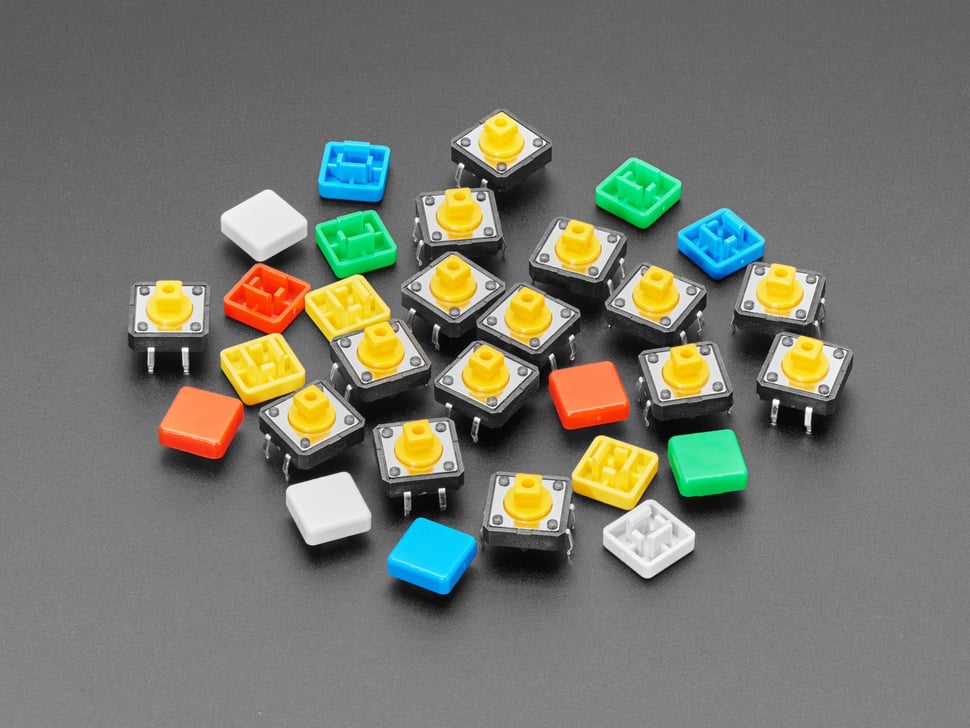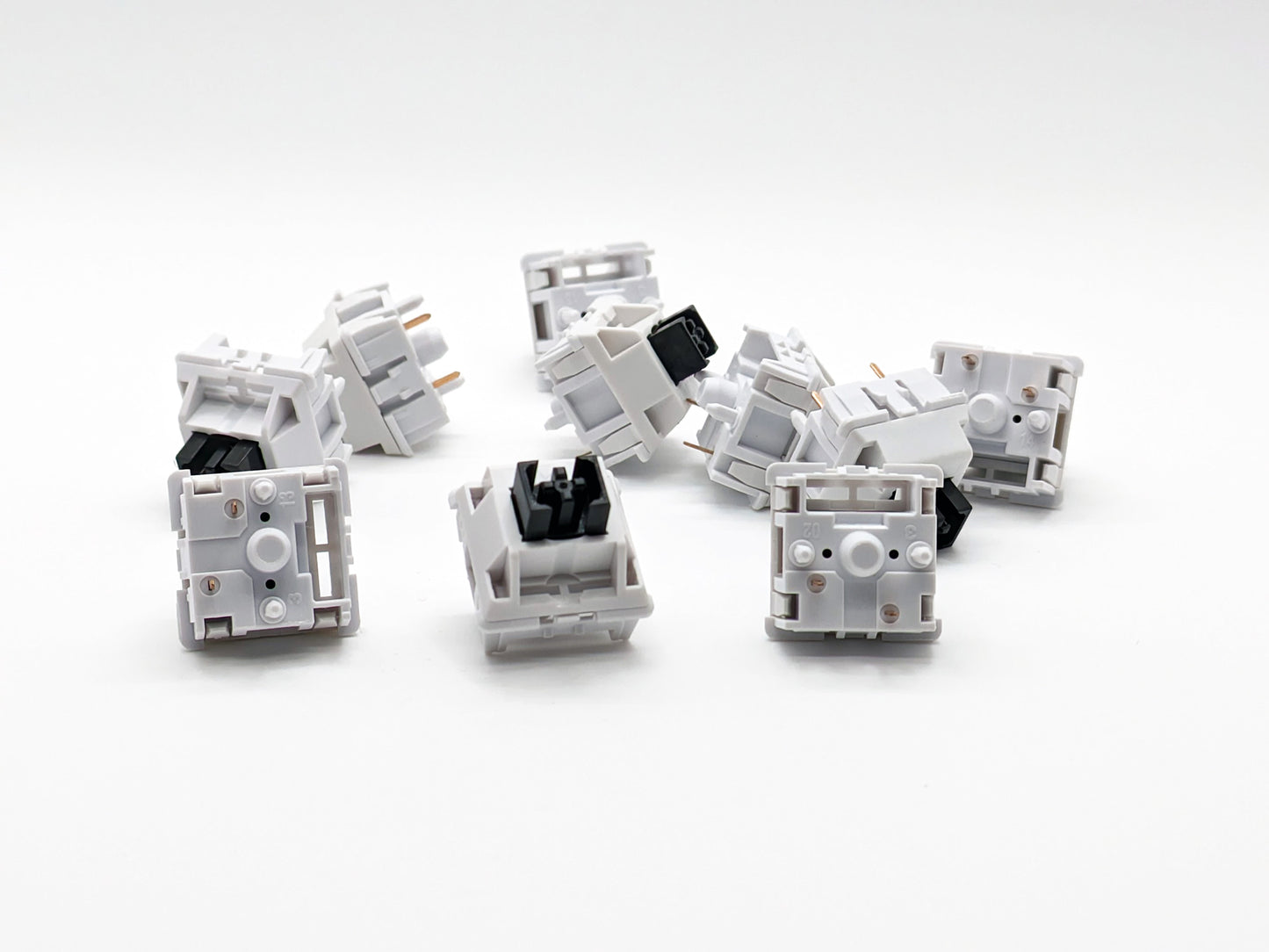If you want a mechanical feel without loud clicks, tactile switches are a top option.
Discover the Versatile Use Tactile Switches in Modern Electronic Devices
Tactile switches, integral to both everyday gadgets and complicated equipment, function as a critical interface in between individuals and tools. Their design guarantees an enjoyable click, validating an activity that could or else go undetected in an electronic world lacking physical comments. As markets continue to progress, the function of these buttons expands, adjusting to new innovations and boosting individual experiences in methods formerly unimagined. The question continues to be: exactly how will future developments further incorporate responsive feedback into our digital communications?

Exploring the Duty of Tactile Switches Over in Consumer Electronic Devices

The style and positioning of tactile buttons can substantially affect a gadget's ergonomics and aesthetic charm. Makers aim to produce products that not only execute well but additionally really feel intuitive and comfy to use. The toughness of these buttons is also paramount, as they need to stand up to duplicated presses over the life of the tool. Advancements in materials and innovation continue to enhance the reliability and feature of responsive buttons, ensuring they meet consumer expectations for responsiveness and long life in daily usage.

Tactile Switches in Industrial Applications: Enhancing Functional Performance
Moving focus to commercial settings, responsive switches significantly improve functional efficiency by providing exact control and responses in machinery and control panels (tactile switches). These buttons are indispensable in applications ranging from assembly lines to heavy machinery, where reliability and the clear physical feeling of activation are paramount. Their unique tactile comments makes certain drivers are right away conscious of whether an input has actually been signed up, minimizing errors and lowering downtime
Additionally, tactile switches are made to withstand severe environments, including exposure to dirt, resonances, and varying temperatures, making them optimal for commercial usage. Additionally, the small dimension of responsive buttons allows for even more ergonomic designs of control panels, which can improve operator convenience and performance during lengthy changes.
The Future of Tactile Changes in Automotive Technology

Looking forward, the evolution of tactile switches in auto technology appears poised for assimilation with haptic comments systems, supplying not only a physical response however additionally varying strengths and patterns of comments that can convey more details. This might mean a reduction in standard button interfaces for more nuanced, multifunctional control solutions. In addition, as automobiles come to be more linked and independent, responsive buttons are anticipated to play an essential duty in linking the void in between electronic user interfaces my website and the physical touchpoints in lorries, boosting the total individual experience and safety.
Conclusion
In verdict, tactile switches are crucial in modern-day electronics, perfectly incorporating right into various domain names to improve individual communication and functional efficiency. From customer electronics to commercial machinery and vehicle technologies, their role is critical in making sure user convenience, security, and system responsiveness - click to find out more tactile switches. As innovation progresses, the functionality and application of responsive buttons are readied to expand, better strengthening their importance in bridging the space between users and digital user interfaces